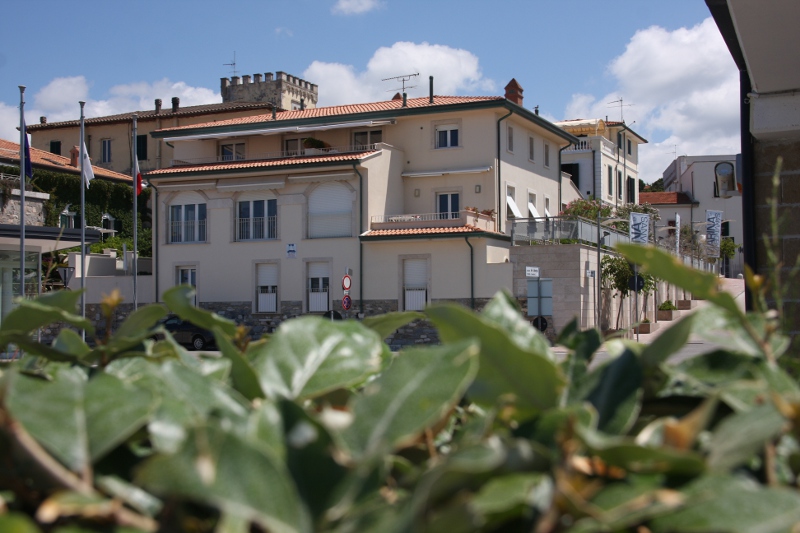


We covered the First and Second Styles of Roman wall painting, and you’ll remember that what they had in common is that they both tried to create an illusion of what they weren’t, in a sense. In order to do that, I just want to remind you of what we talked about last time. But I could also call this lecture a lecture on Third and Fourth Style Roman wall painting, because we’re going to continue our conversation today about the four architectural styles of Roman wall painting. As you can see from today’s lecture title, we’re going to be talking about painting palaces and villas in the first century A.D. Introduction to Third and Fourth Style Roman Wall Painting Roman Architecture HSAR 252 - Lecture 7 - Gilding the Lily: Painting Palaces and Villas in the First Century A.D.Ĭhapter 1. Professor Kleiner characterizes the Fourth Style of Roman wall painting as a compendium of previous styles, with imitation marble veneer, framed mythological panels, and the introduction of fragments of architecture situated in an illogical space. The Third Style remains popular until the middle of the first century A.D., when it is replaced by the Fourth Style of Roman painting both styles coexist in the Domus Aurea, the luxurious pleasure palace of the emperor Nero in downtown Rome. Third Style painting, as Professor Kleiner demonstrates, is characterized by departure from the perspectival vistas and panoramas of the Second Style toward an attenuation of architectural elements and a respect for the inherent flatness of the wall. villas belonging to the imperial family and other elite patrons. Professor Kleiner discusses the development of Third Style Roman wall painting in late first century B.C. Lecture 7 - Gilding the Lily: Painting Palaces and Villas in the First Century A.D.


 0 kommentar(er)
0 kommentar(er)
